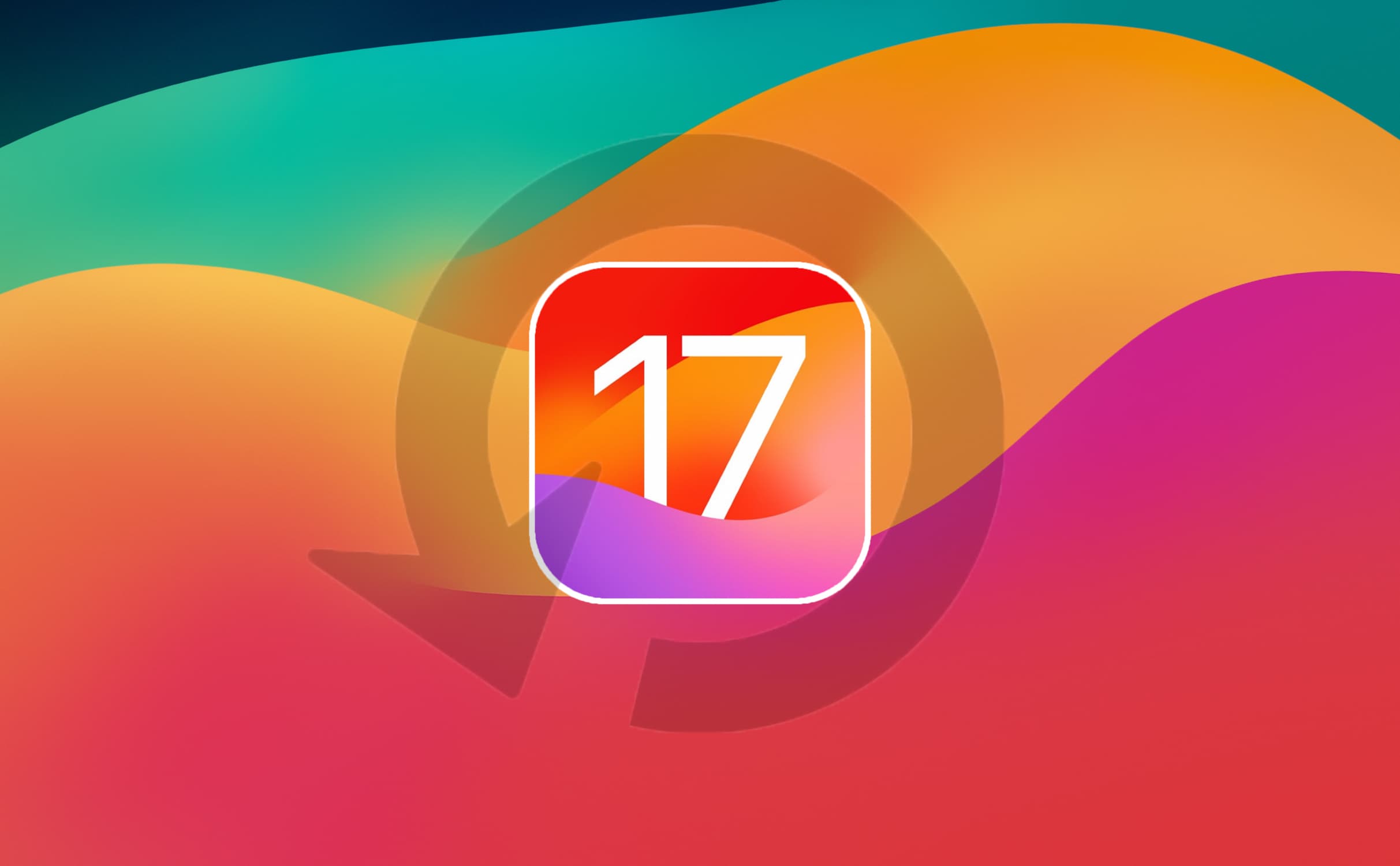Apple just this week stopped signing iOS & iPadOS 17.2.1, 17.2, and 16.7.4 in a move that prevents iPhone and iPad owners from downgrading their device’s firmware from the newer iOS & iPadOS 17.3 that was released just last week.

By unsigning iOS & iPadOS 17.2.1, it is no longer possible to use the Shift + Click method in iTunes for Windows or the Option + Click method in Finder for macOS to select the older firmware and install it on an iPhone or iPad in place of the latest release, which is currently iOS & iPadOS 17.3.
What this doesn’t affect, on the other hand, is the ability to upgrade from older firmware using the DelayOTA method. Regular upgrades, however, are also blocked.
Apple regularly unsigns older firmware as newer firmware gets released because they don’t want their users running outdated firmware. Apple cites reasons such as ensuring that users take advantage of the latest security patches and new features in the firmware as reasons for blocking downgrades and corralling users into installing newer firmware only.
But firmware downgrades are still in high demand despite their difficulty. Not only are they used by jailbreakers to install outdated firmware in which exploits and vulnerabilities have made jailbreaks possible, but they’re also used by non-jailbreakers to revert back to older firmware when a new release introduces a new bug that causes usability concerns.
Examples of the latter are rare, but they’re more common than you might think. Examples below:
- iOS 16.0 over-prompting users on clipboard access when pasting copied content into another app
- iOS 14.7 breaking the Apple Watch’s ability to be unlocked with the host iPhone’s Touch ID sensor
- iOS & iPadOS 13.2 imposing incredibly aggressive background management on backgrounded apps
While Apple likes to play hardball with their stance on firmware downgrades, the iDB team thinks that users should be able to install any firmware they want on their iPhone or iPad without Apple telling them otherwise. Unfortunately, this may never happen without countries such as the EU stepping up to the plate as they’ve done with sideloading and forcing the switch to a USB-C port instead of Lightning.
If you ever want to know what firmware is being signed for your device, then you can use the handy IPSW.me website to check. You can also download any firmware file that you might need from our Downloads page.
Are you upset to see Apple closing the signing window on yet another firmware? Let us know why or why not in the comments section down below.